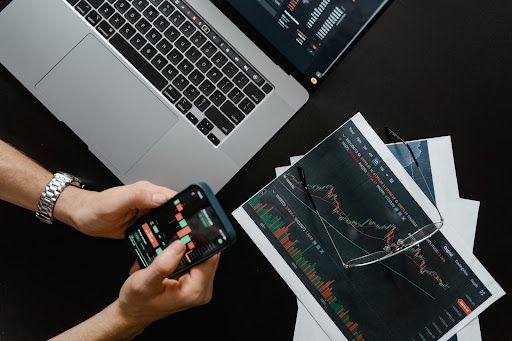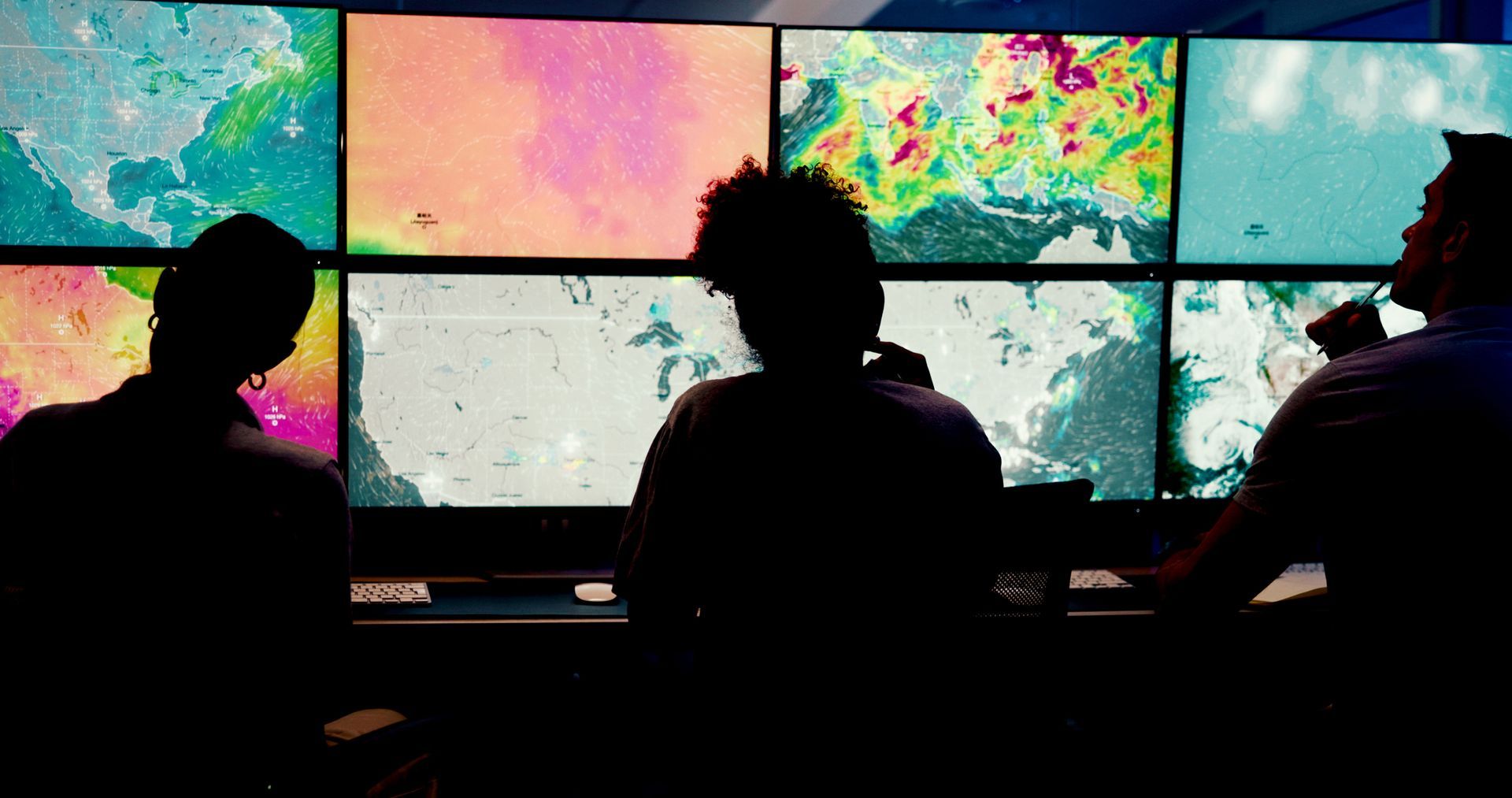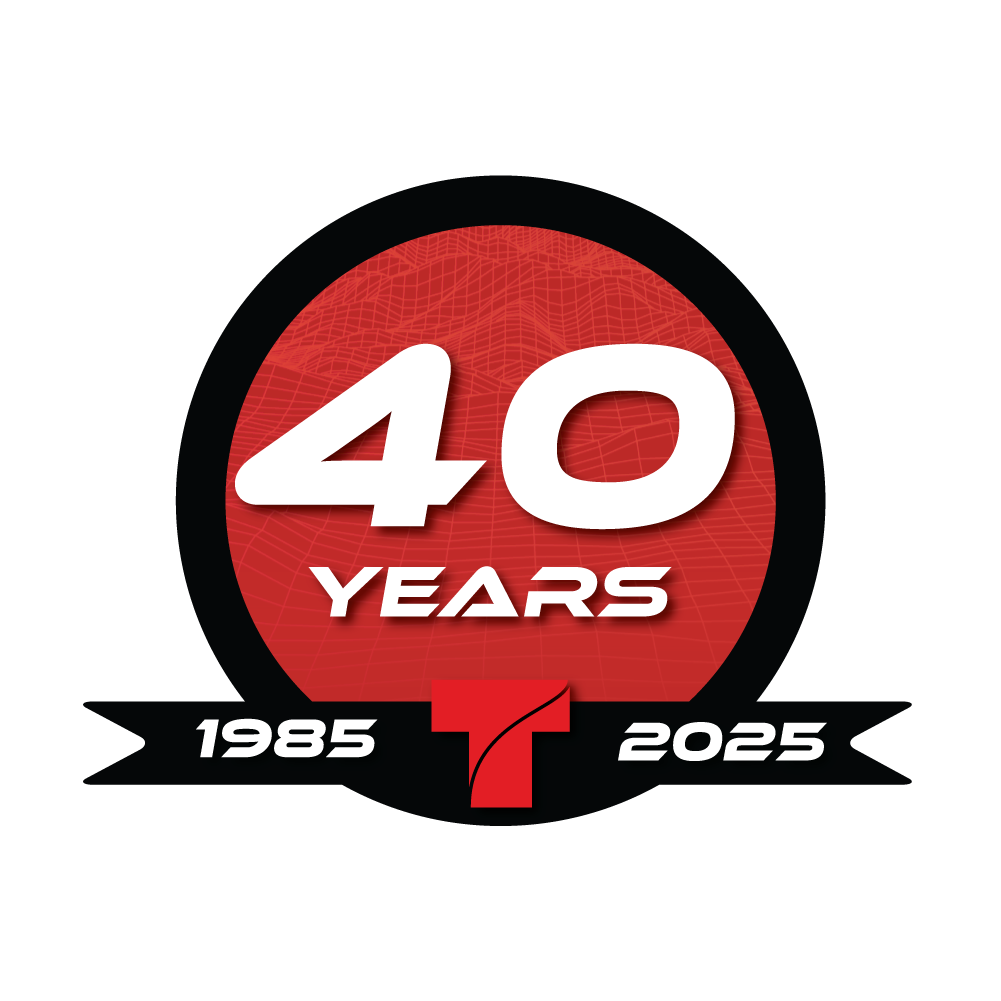How to Use GIS for Retail Marketing
Location is probably the most significant influencing factor in what many people purchase, whether online or off. Using GIS tech can give retailers a close look at why shoppers make their decisions and track these patterns for business intelligence. With GIS, this data can be accessed in real-time, allowing retail brands to stay agile in shifting customer demand cycles.
Geospatial and GIS mapping is also crucial for retailers looking to expand their brick-and-mortar presence. Demographic statistics, shopping behavior, and real estate data — can all be collected, overlaid, and analyzed by retail brands to decide whether or not a physical location will be worth the ROI of expansion. These maps can be assets during commercial construction projects as part of the design-build plans.
Deciding which inventory (and where) to put on the sales floor is a major decision for retailers. GIS can present retailers with socio-economic stats that help guide merchandising strategies and strategically streamline inventory management. This also helps to nurture relationships with vendors, especially if they’re locally based or offer seasonal items that aren’t readily available or accessible year-round.
Checking In On Competitors
A big part of retail marketing is offering customers something the competitors can’t and expressing the product’s value. Knowing where the competitors stand — literally and figuratively — gives retailers an edge over them. GIS and geospatial tech can provide decision-makers with data assets showing the physical proximity to other retailers in the industry. Hours of operation, services offered, marketing strategies, and more can all be revealed with these assets, letting key stakeholders pivot in real-time based on what the competition is doing.

How Geospatial Elevates Retail Marketing
Perhaps the best use of GIS in retail is to beef up marketing. Most households in the US have at least one mobile device, if not (many) more. GIS and geospatial technology can be used to collect user data, analyze and integrate it into existing marketing efforts, and then leverage it to send personalized, tailored marketing messages to customers in the same physical location or surrounding areas.
Here are some of the biggest benefits retailers will see when using GIS for marketing.
- Boost in foot traffic: Geospatial data is (again) all about location – where your shoppers are, how they move around your store, and what they do when they leave. Retailers can break down this data to craft better-converting marketing and promotional campaigns that bring more foot traffic in.
- Better personalization: Personalization is the name of the digital marketing game these days, and geospatial data collected from different customer demographics can help tailor retail marketing messages to hit their target the first time.
- Increased ad spend ROI: More personalization also means that your paid advertising efforts can offer the best possible ROI. Geospatial data tells you exactly what customers want if you use the proper GIS discovery and analytics tools.

Innovations In GIS Retail Marketing
Businesses are also increasingly using geospatial data in conjunction with machine learning and artificial intelligence in several applications. For example, insurance companies show climate change and extreme weather events will increase or decrease the risk for specific geographical regions and adjust premiums accordingly.
Beacons, smartphones, and wearables are all becoming ubiquitous in retail marketing strategies and can all be leveraged as geospatial tech that helps round out the customer experience. Retailers can get a comprehensive look at how shoppers move, how much time they spend in stores, which store locations they choose most, and other behavior that helps brands shape product development and expansion.
Geospatial solutions and GIS are being used across all industries — especially retail — and innovations in this field are happening at light speed, feeding the demand for qualified professionals looking to travel a GIS career path. Contact us today to learn more!















